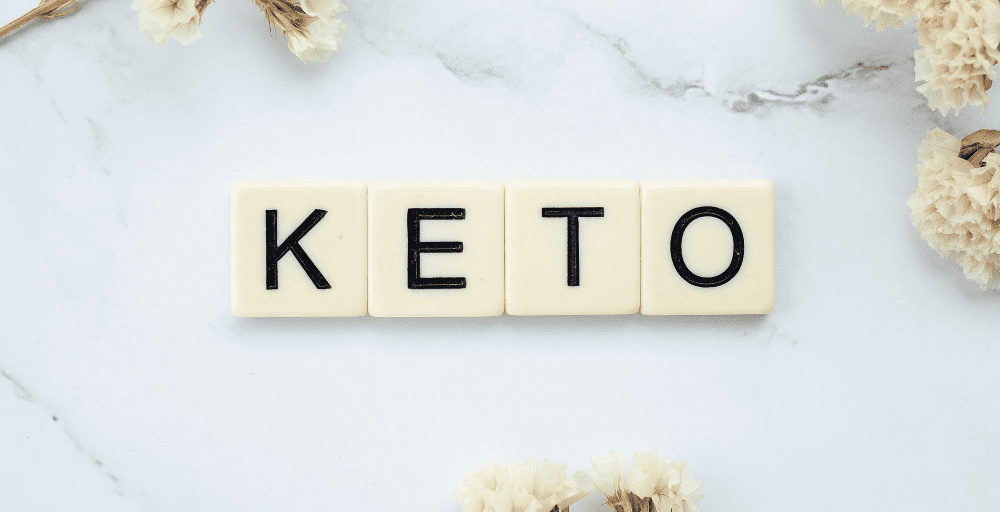
A Beginner’s Guide To The Ketogenic Diet

 The health and fitness industry constantly and consistently introduces a plethora of tips, tricks, and diets to help people achieve their body and fitness goals. From straightforward and simple diets to the most bizarre ones, you have various options to choose from, one of which is the ketogenic (or keto) diet.
The health and fitness industry constantly and consistently introduces a plethora of tips, tricks, and diets to help people achieve their body and fitness goals. From straightforward and simple diets to the most bizarre ones, you have various options to choose from, one of which is the ketogenic (or keto) diet.
What is the ketogenic diet?
The keto diet shares several similarities to the paleo, south beach, and Atkins diets. However, instead of centering on protein-rich food, the keto diet focuses on incorporating fat and low carbohydrate food items and ingredients into your meals. However, it wasn’t always directed at people who wished to lose weight. In fact, this type of diet is primarily followed by children who suffer from epileptic seizures — the keto diet aids in decreasing the frequency of these episodes.
How does it work?
The keto diet is arguably one of the most straightforward fad diets these days. And it requires you to change your body’s source of fuel. Instead of carbohydrates derived from sugar (glucose), the keto diet replaces this element with ketone bodies which are water-soluble molecules produced by the liver from stored fat, thus providing you with the fuel you need to go on about your day.
However, the process through which the liver undergoes to produce ketones isn’t straightforward at all. You will have to deprive yourself of carbohydrates, keeping in mind only consuming 20 to 50 grams per day. To give you a clue how small of an amount that is, a regular banana has approximately 27 grams of carbs. Aside from this, you would have to wait for three days before your body is finally in a state of ketosis, and you would have to control your protein intake because too much will interfere with the process of ketosis.
What food can you eat?
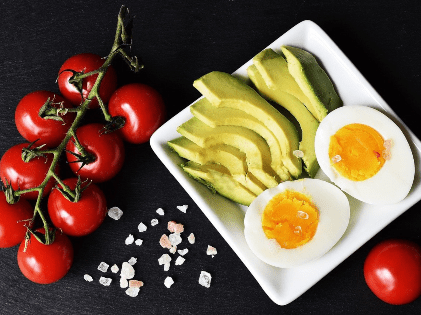 As mentioned earlier, you should be consuming food that is rich in fat but low in carbohydrates. Food containing healthy unsaturated fats like avocados, tofu, and olive oil are allowed. Still, according to the specifications of the keto diet, food containing saturated fats should contain the bulk of your meal plan. Examples of this include butter, lard, and coconut oil.
As mentioned earlier, you should be consuming food that is rich in fat but low in carbohydrates. Food containing healthy unsaturated fats like avocados, tofu, and olive oil are allowed. Still, according to the specifications of the keto diet, food containing saturated fats should contain the bulk of your meal plan. Examples of this include butter, lard, and coconut oil.
Here are other types of food that you can eat, following the keto diet:
a. Seafood
As you have probably been told numerous times, certain seafood contains high levels of omega-3 fat. Such examples include salmon, sardines, and mackerel. Regarding carbohydrate content, seafood has little to no carbs — for instance, shrimps and certain crabs contain zero carbs, while mussels and squid have 7 and 3 grams per 3.5 ounces.
b. Cheese
Cheese lovers rejoice! You can start losing weight through a keto diet and still enjoy nibbling on your favorite cheese. Cheese contains high levels of saturated fat and low in carbs. What’s surprising is that you shouldn’t even be worried about increased risks of heart disease by eating a lot of cheese for this diet — some studies have shown that eating cheese actually helps prevent heart disease!
c. Meat and Poultry
 These food items are constants in a keto diet. They have zero carbohydrate content and are great sources of protein (although you should also watch your intake while following this diet), which helps maintain your body’s muscle mass properly. Meat and poultry also contain B vitamins, potassium, selenium, and zinc.
These food items are constants in a keto diet. They have zero carbohydrate content and are great sources of protein (although you should also watch your intake while following this diet), which helps maintain your body’s muscle mass properly. Meat and poultry also contain B vitamins, potassium, selenium, and zinc.
d. Berries
You can’t include too many fruits in your keto diet due to their high carbohydrate content. But berries are a wonderful exception — these delicious fruits are high in fiber and antioxidants yet low in carbs! Berries provide 5 to 12 grams of net carbs per 3.5-ounce servings, with blackberries coming at 5 grams and blueberries having 12 grams.
Are there any health risks?
As with most fad diets, the ketogenic diet comes with its own health risks and discomfort. For one, you might start experiencing sleep loss, constipation, nausea, headaches, fatigue, and irritability, among other symptoms. While these are merely temporary, you will be putting your body through a lot, most especially carbohydrate deprivation. In this state, you should drink a lot of water to alleviate the side effects.
So, are you interested in trying out the ketogenic diet? If yes, remember to slowly ease your way into the diet instead of making drastic changes. But more importantly, consult your doctor first!
More in Diet
-
`
3 Tips for Rotator Cuff Health to Speed Up Shoulder Recovery
Rotator cuff health tips can help reduce pain and improve mobility after an injury. The rotator cuff is crucial for shoulder...
September 12, 2024 -
`
Christina Aguilera Impresses Fans and Facial Aesthetics Docs With Ultra-Slim & Youthful Look
Christina Aguilera’s weight loss is a hot topic these days, and for good reason. After stepping out of the spotlight for...
September 7, 2024 -
`
Visiting Brussels, Belgium, For the First Time? Here is What You Should See & Do
When exploring the capital of Belgium, you might wonder what the top things to see and do are. This cosmopolitan hub,...
August 28, 2024 -
`
The Pork Adobo Recipe to Take Your Dinner to the Next Level
The pork adobo recipe is a culinary gem that truly showcases the heart of Filipino cuisine. This dish, deeply rooted in...
August 21, 2024 -
`
Can I Shrink My Liver in 2 Days? A Guide to Liver Shrinking Diets
Can I shrink my liver in 2 days? This question is often asked by individuals preparing for weight loss surgery or...
August 16, 2024 -
`
George Conway Weight Loss – How Did He Shed 40 Pounds?
George Conway, the legal eagle turned political commentator, has recently captured the public’s attention for more than his sharp legal mind....
August 5, 2024 -
`
Japan Trip Cost in 2024: A Comprehensive Guide For Beginners
How much would a trip to Japan cost? Well, it is a dream destination for many, but understanding the expenses involved can...
July 31, 2024 -
`
Healthy and Quick Pescatarian Breakfast Recipes
When it comes to breakfast, choosing a pescatarian diet can be both nutritious and exciting. Incorporating seafood and plant-based ingredients into...
July 25, 2024 -
`
How Long Does a Root Canal Take to Heal?
When facing the prospect of a root canal, one common question is, “How long does a root canal take to heal?”...
July 19, 2024

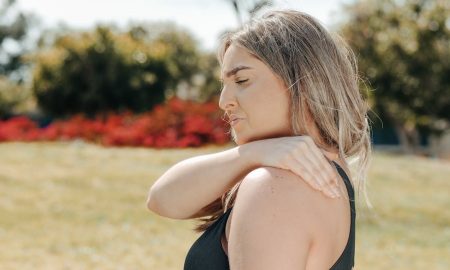



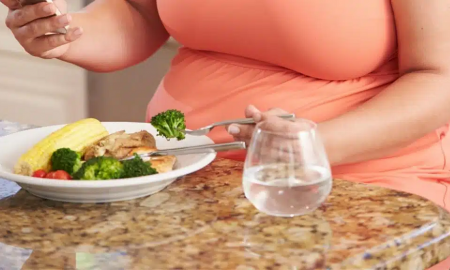


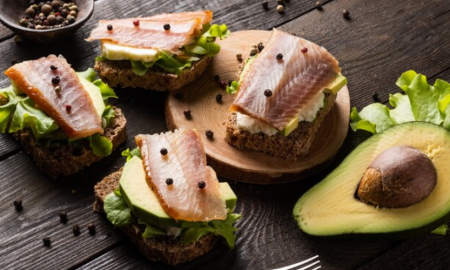

You must be logged in to post a comment Login